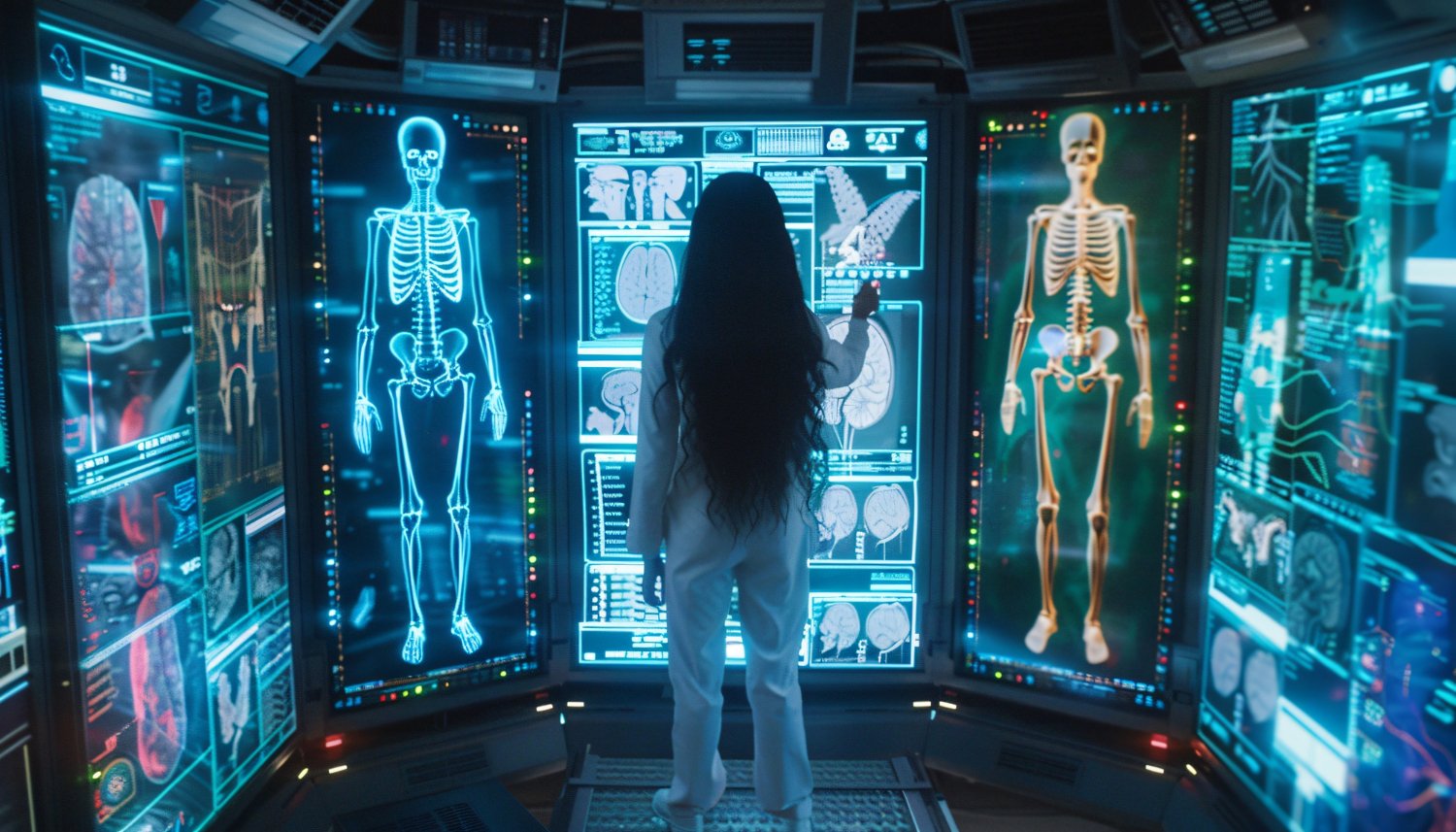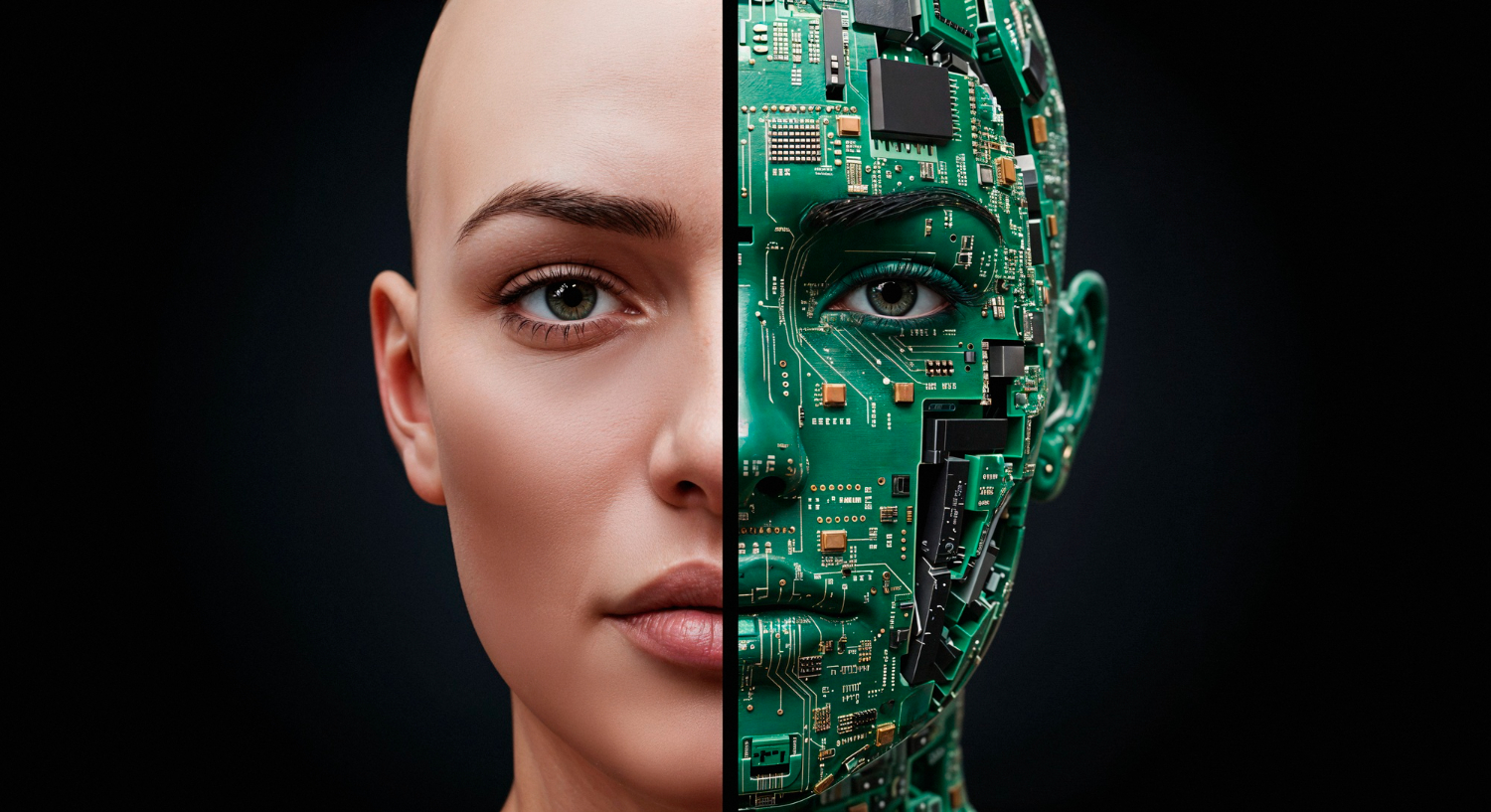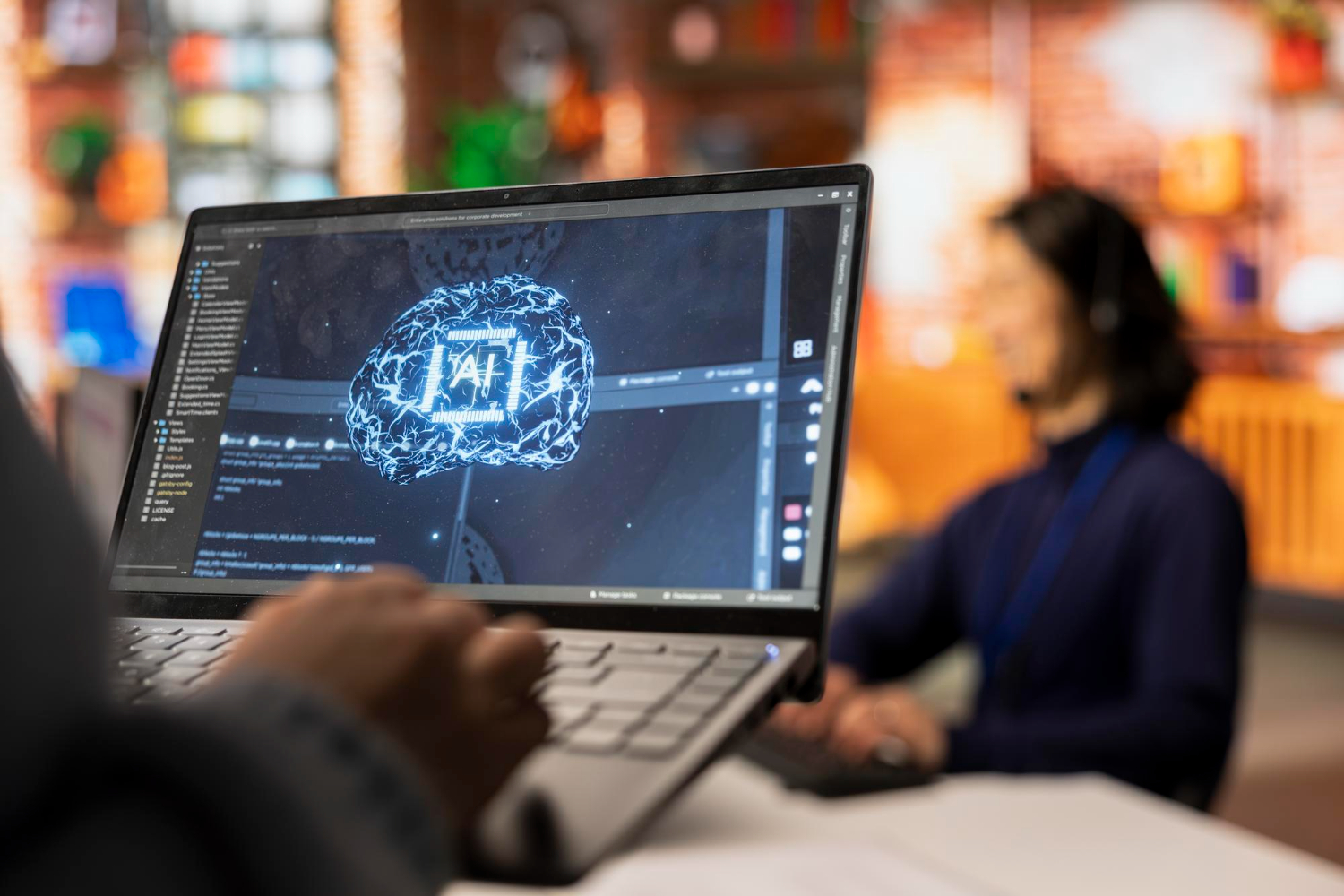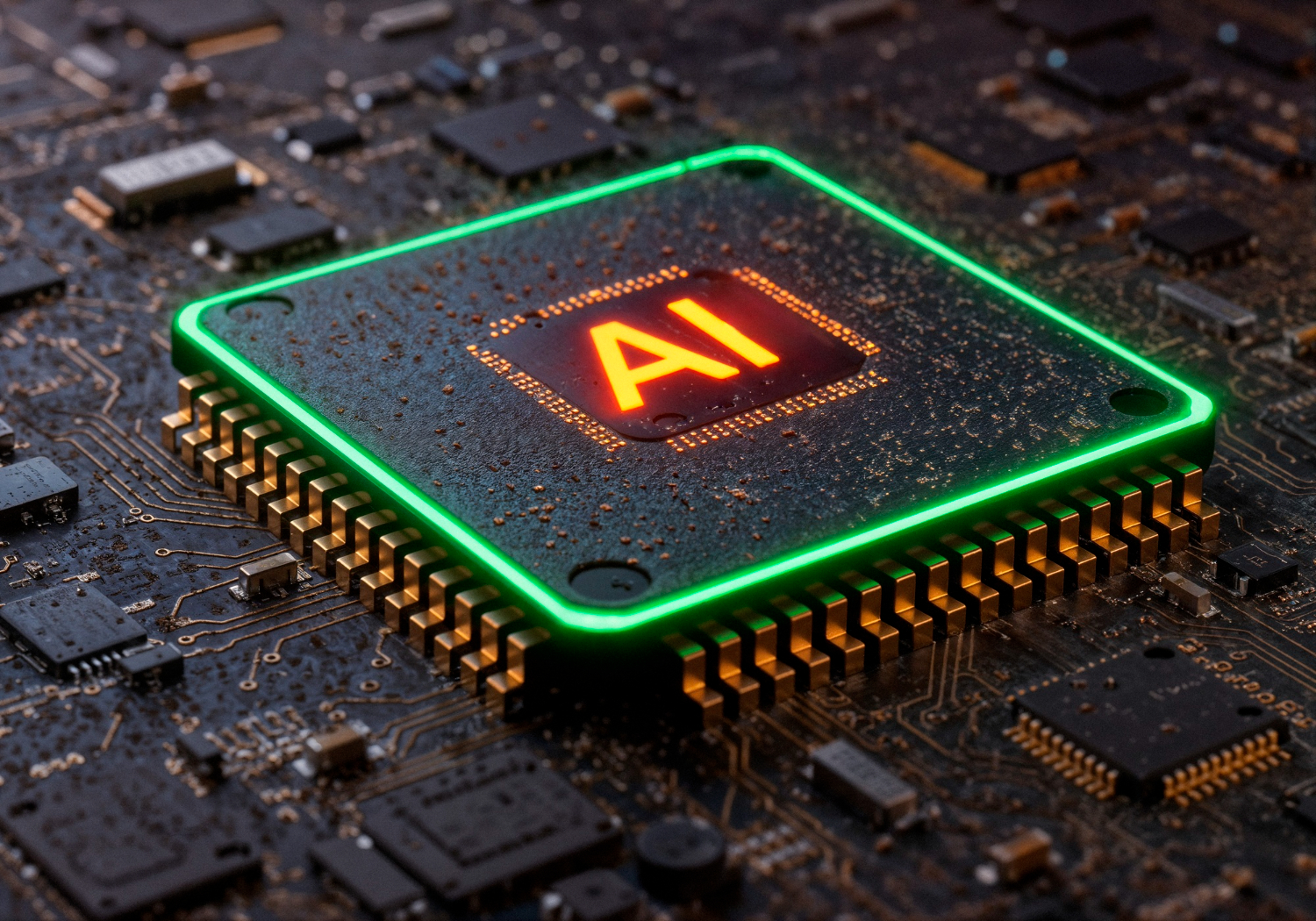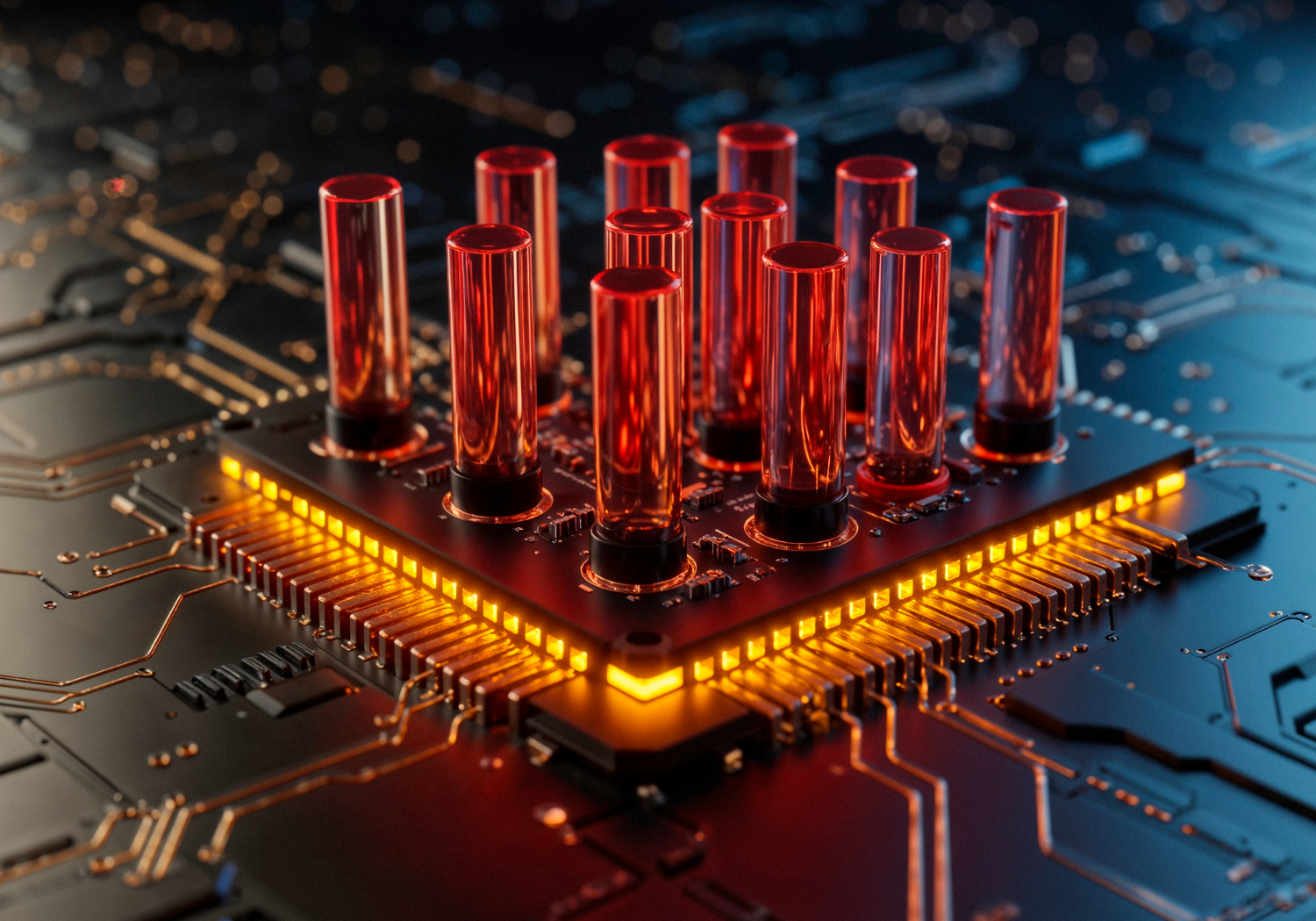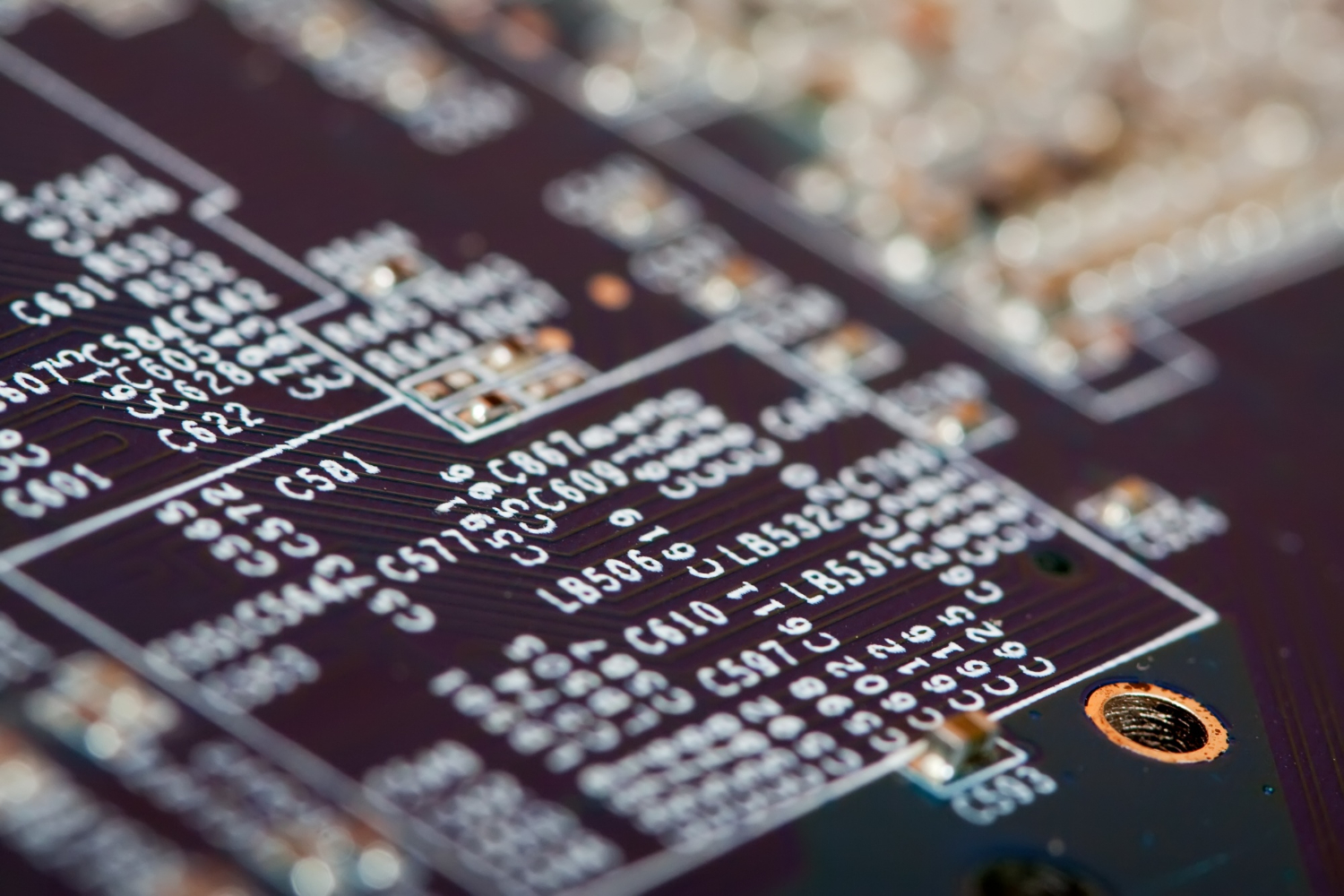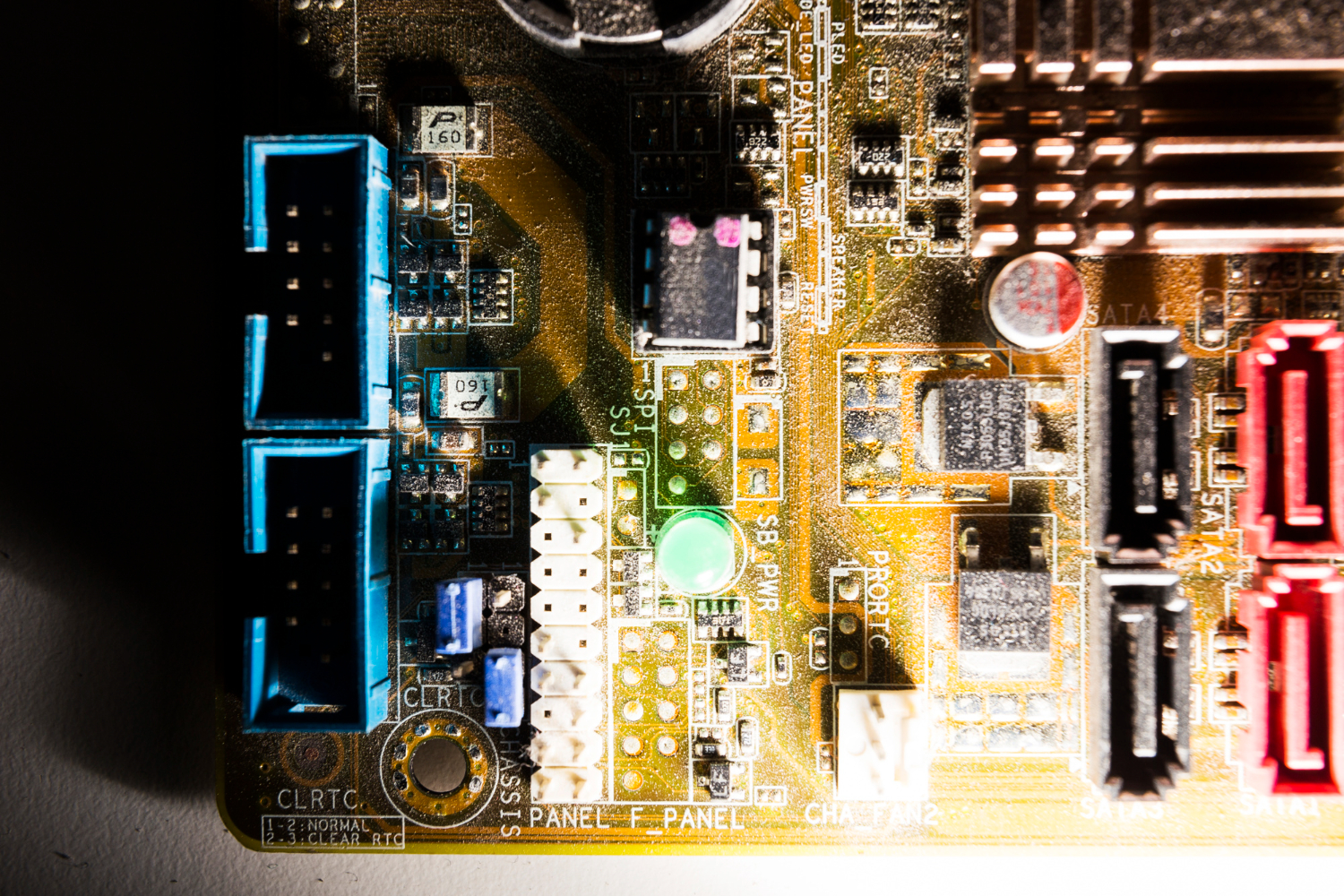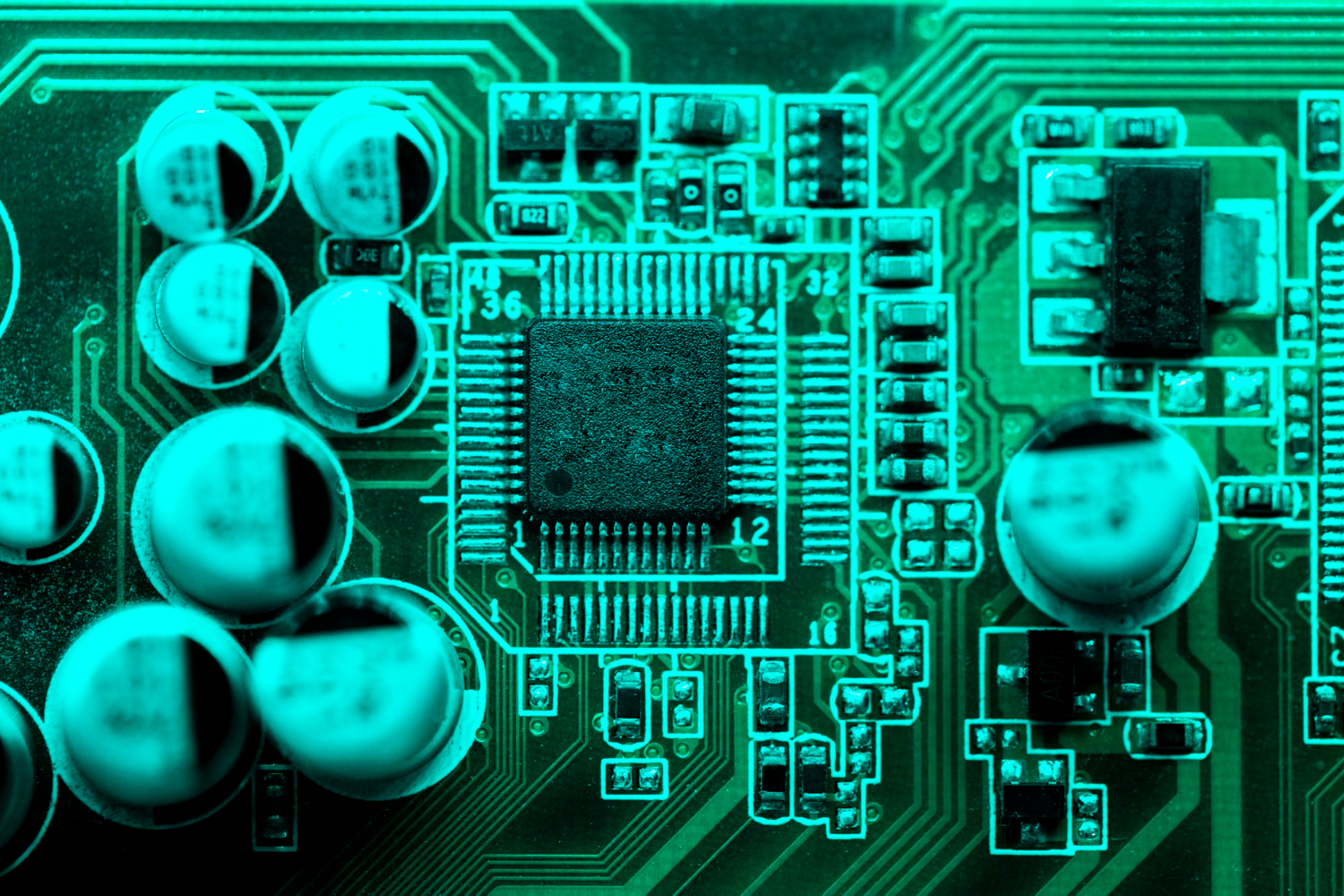Introduction to Artificial General Intelligence (AGI)
Artificial General Intelligence (AGI) represents a major goal in the development of AI technologies—the creation of a machine that can perform any intellectual task as well as a human. Unlike narrow AI, which focuses on specific tasks (such as voice recognition or image processing), AGI seeks to achieve human-level understanding, reasoning, and problem-solving. In short, AGI aims to mimic the cognitive abilities of the human brain across a wide range of tasks.
The concept of AGI has intrigued computer scientists for decades, as they explore how machines can evolve from handling repetitive tasks to thinking critically and independently. While current AI systems can drive cars, recognise faces, and translate languages, they remain highly specialised. AGI, however, would possess the flexibility of human intelligence, adapting to new challenges without needing explicit programming.
AGI and the Human Brain
One of the critical aspects of artificial general intelligence is how it models the workings of the human brain. The human brain is highly complex, and it’s this intricacy that allows humans to perform multiple functions and solve problems in a way that no machine has yet replicated.
AGI seeks to build on existing machine intelligence by simulating the brain’s ability to learn, reason, and draw conclusions. Researchers rely heavily on learning models, which are inspired by neural connections in the brain. These models aim to enable AI systems to process information in a more human-like manner. Neural networks, which are already the backbone of many AI systems, are used in deep learning to mimic how neurons in the human brain work together to solve complex problems.
Although significant progress has been made in developing large language models and learning models that resemble human cognitive processes, AGI remains an ambitious goal. Some experts believe we are still far from creating machines that can match the entire spectrum of human intelligence, particularly when it comes to transferring learned skills across different domains without additional training.
The Body in AGI
When considering AGI, it is important not just to focus on cognitive skills but also to consider the role of the physical body. The body allows humans to interact with their environment, perceive sensory input, and act accordingly. For AGI to truly mimic human intelligence, it will need to have some form of embodiment, which would allow it to interact with and adapt to the physical world.
The human brain is tightly linked with bodily functions. Physical actions influence cognitive processes, such as memory and problem-solving. Similarly, AGI could potentially benefit from a physical presence or body that can interact with its surroundings, learn from them, and process these experiences into intelligent actions.
Incorporating a body into AGI development means designing AI systems that can move, sense, and physically manipulate their environment. This could result in machines that can drive cars, perform surgeries, or assist in dangerous tasks like bomb disposal. Robotics already demonstrates this to some extent, but with AGI, the level of sophistication would increase dramatically, allowing machines to respond to new, unexpected situations much like a human would.
AGI’s Cognitive Abilities
Cognitive abilities refer to the mental processes involved in acquiring knowledge and understanding. They include reasoning, memory, attention, and problem-solving. These abilities are what allow humans to perform a wide range of intellectual tasks. For AGI to match human intelligence, it must exhibit the same cognitive abilities.
To this end, AI research focuses on improving the flexibility of AI systems in reasoning and decision-making. Currently, many AI models excel at narrow tasks, but struggle with general problem-solving, which requires a broader set of skills. For example, while narrow AI can win at chess or driving cars, it doesn’t understand the underlying principles of these activities in the same way a human does. It simply follows instructions based on its training data.
With AGI, however, the aim is for machines to process information, reason, and solve problems without being limited to one task or scenario. AGI would be capable of adjusting to new problems or changing environments, just as humans do when faced with unfamiliar situations.
From Narrow AI to AGI
Currently, most AI technologies fall into the category of narrow AI. These systems are designed to perform specific tasks based on pre-programmed rules or training. They are highly efficient but limited in scope. For instance, a system trained to recognise faces can’t be easily repurposed to perform another function, such as answering customer queries.
To reach AGI, machine learning and AI models must advance to the point where they can apply learned knowledge across different domains. This type of flexibility is often referred to as strong AI. Unlike narrow AI, strong AI would be capable of understanding and reasoning in a way similar to human thought processes. It wouldn’t need to be retrained to perform a new task—it would automatically apply what it has learned to different situations.
This is where deep learning and neural networks play a crucial role. By using these technologies to model the brain’s ability to process vast amounts of data and make decisions, researchers hope to create AGI systems that can handle more generalised learning.
Challenges in Achieving AGI
Despite significant advances in AI research, achieving AGI remains a formidable challenge. One of the key hurdles is the sheer complexity of human intelligence. Replicating the full range of human cognitive abilities, from emotion to abstract reasoning, is far more difficult than programming a machine to carry out specific tasks.
Another challenge is processing the massive amounts of data required for learning models. Human intelligence is not just about acquiring information; it’s about knowing how to use that information in various contexts. Machines may have access to endless data, but without the ability to apply it effectively across different scenarios, AGI cannot be realised.
The development of AGI also raises ethical concerns. If machines achieve human-like intelligence, what role will they play in society? Will they replace jobs or augment human capabilities? These are questions that computer scientists and policymakers must consider as the technology advances.
AGI and Practical Applications
Although AGI is still in its developmental stages, the potential applications of this technology are vast. In healthcare, AGI could revolutionise patient diagnosis and treatment, by not only recognising patterns in medical data but also drawing connections between different types of diseases and treatments that narrow AI systems might miss.
In autonomous vehicles, AGI would enable cars to drive in highly complex environments without needing explicit instructions for every possible scenario. This could lead to truly self-driving cars that can navigate unpredictable urban landscapes, understanding not just road conditions but also human behaviour.
AGI’s problem-solving capabilities would also be invaluable in scientific research, where it could help in developing new drugs, understanding complex systems, or even solving global challenges like climate change. With machine intelligence surpassing human limitations, AGI could unlock solutions that have been beyond human reach until now.
Expanding the Potential of AGI in Daily Life
As artificial general intelligence (AGI) continues to develop, its potential to impact daily life across various industries grows exponentially. In areas like education, AGI could act as an advanced tutor, understanding individual learning styles and adapting lesson plans to suit each student’s needs. Current AI technologies are already making strides in this space, but AGI would take this further by integrating emotional intelligence and providing personalised feedback that mirrors a human teacher’s approach.
In manufacturing, AGI systems could oversee complex production lines without human intervention. These systems would not only execute tasks but also adapt processes on the fly, addressing unexpected issues as they arise. For instance, AGI-powered robots in factories could diagnose machine malfunctions and implement repairs, minimising downtime and enhancing productivity. The ability of AGI to problem-solve in real time, rather than relying on predefined commands, would make it invaluable in dynamic environments.
Another significant area where AGI can make a transformative impact is cybersecurity. With the increasing number of cyberattacks, current security systems struggle to adapt to constantly evolving threats. AGI systems, however, would be able to autonomously learn from new attack patterns, predict potential vulnerabilities, and respond in real time to neutralise threats. This level of problem-solving and adaptability would far exceed what current narrow AI systems can achieve.
The eventual integration of AGI into connected cars and smart home systems would also enhance everyday convenience. AGI could coordinate a wide range of devices, from thermostats to entertainment systems, providing a seamless user experience that anticipates needs without requiring manual inputs. Such systems would “learn” from user behaviour, adapting to preferences over time while solving daily challenges, like adjusting energy usage based on individual patterns.
How TechnoLynx Can Help
At TechnoLynx, we understand the complexities involved in developing AI models and moving toward strong AI solutions. Our expertise in AI technologies, deep learning, and machine intelligence allows us to assist businesses in using cutting-edge tools to solve complex problems.
We help organisations deploy AI systems that are flexible and capable of learning from a wide range of data sources, laying the groundwork for future advances in artificial general intelligence. Whether it’s improving decision-making processes, automating tasks, or enhancing cognitive abilities within machines, TechnoLynx can guide you through each step of your AI journey.
Continue reading: Would AGI make its own body?
Image credits: Freepik

